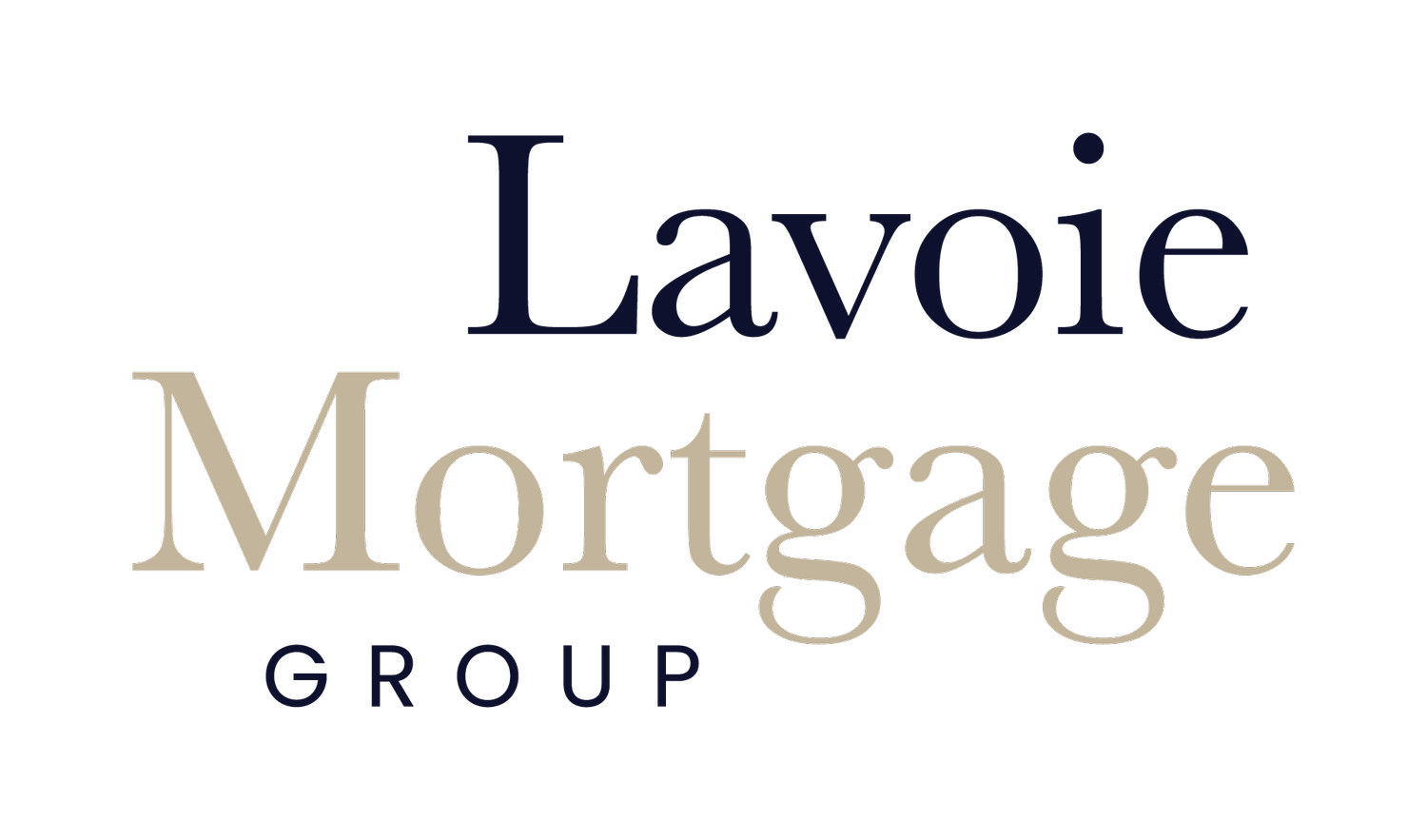Your Down Payment
The first step to buying any home is having your down payment ready.
So what is a down payment? A down payment is the amount of money that is given to a lender to let them know you are serious about this investment. It helps establish that you are responsible enough to take on such a hefty loan and you are confident in this purchase as you are going to be putting your hard-earned money into it.
What happens to this money? Your down payment will go directly to the cost of your mortgage and will determine how much money you will need from the lender to fully purchase your home. For example, if you are wanting to purchase a home for $100 000 (we all wish) and you have a 20% down payment at $20 000, your lender would provide you with $80 000.
($100 000 - $20 000 = $80 000)
Here in Canada, you may be able to put only 5% down on the purchase price. Again, let us use the $100 000 mortgages we all want. If you are only wanting to put 5% down on your mortgage, you will need to have at least $5 000 in your savings account. Now even though this may only be a small chunk of your mortgage you are wanting to keep in mind the closing costs associated with your purchase.
Sources of a Down Payment
There are a few different ways you are able to gather up the source of your down payment.
1. Savings
2. A gift from immediate family
3. RRSPs
4. Home equity
Savings
Having your down payment come from your savings is pretty straight forward. When you use your savings, the lender will want to see a 90-day history to show the money is coming from you and not that you will be needing to pay someone else back. Most lenders will take bank statements as a form of proof for this.
Gifts from family
If an immediate family member is kind enough to help you with the purchase of the home a "Gift Letter" will need to be signed. This letter will have both names, the fact it is a gift and they are not expecting for you to pay it back, contact information, signatures, the relationship of the donor, and the date.
RRSPs
If you have an RRSP and have been contributing to it regularly it may make sense for you to use these funds for your down payment. The Federal Government has a Home Buyer plan that allows First Time Home Buyers to use their RRSPs without being penalized. There are a few restrictions when using this source of income.
You must be a "First Time Home Buyer". This doesn't always mean you have never owned before, it means you have not owned a property in the last 5 years that has been used as a principal residence.
You can only use a maximum of $25 000 per person or $50 000 per couple.
You must live in the home as your primary residence.
You will have to repay the money you take from your RRSPs within the next 15 years.
The money in your RRSPs must be in there for 90 days before the withdrawal.
You can find more information on how to access your RRSPs for your down payment here.
Home Equity
If you are transferring your mortgage and have equity in your home, you are able to use it as a source for your down payment.
Two different types of mortgage
1. High Ratio Mortgage
This type of mortgage is when you have less than 20% as a down payment.
Mortgage Default Insurance is MANDATORY
2. Conventional MortgageThis type of mortgage is when you have more than 20% as a down payment.
As you will have 20%, you will not need Mortgage Default Insurance
